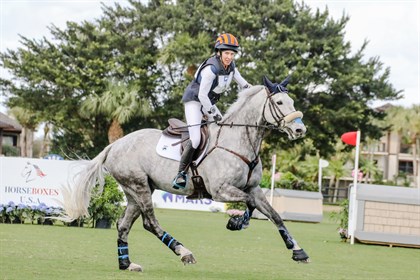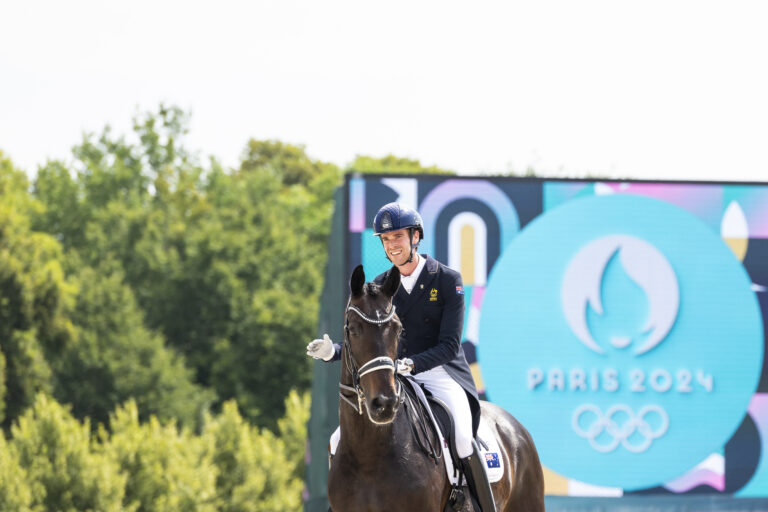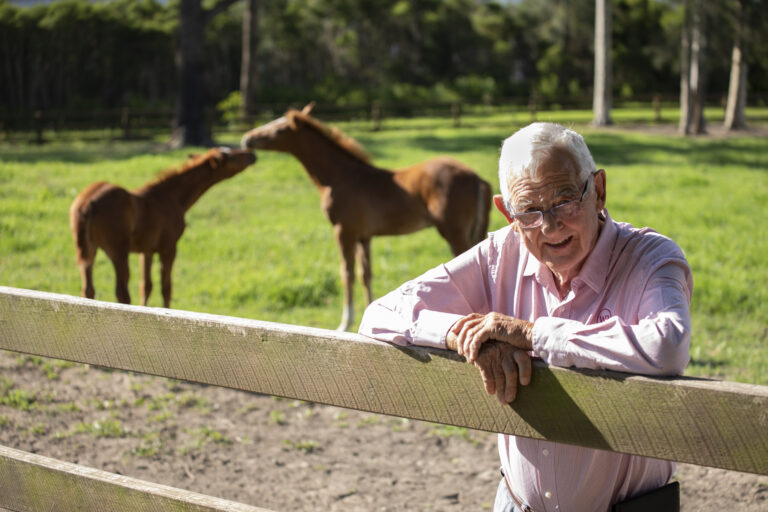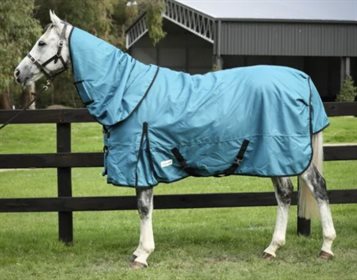During strenuous exercise, natural stores of antioxidants may have difficulty providing sufficient protection against the cascade of free radicals
© Kentucky Equine Research
By Kentucky Equine Research Staff
Oxidation is a normal metabolic process that allows horses to transform carbohydrates, fats, and proteins into energy to grow, perform, and reproduce. One unfortunate spin-off of oxidation is the creation of free radicals, compounds that have the potential to irreparably damage cells. Free radicals are particularly harmful to cell membranes, structures responsible for keeping destructive entities away from delicate inner organelles.
Under normal circumstances, substances called antioxidants thwart much of the wreckage caused by free radicals. However, oxidation speeds up during athletic effort due to increased oxygen consumption and accelerated aerobic metabolism. The end result of unchecked oxidation in the bodies of equine athletes may be muscular fatigue severe enough to compromise performance.
Vitamin E contributes most generously to the natural antioxidant defenses of the horse. The term vitamin E is actually a collective one that encompasses eight distinctive compounds of plant origin.
These eight are divided into four tocopherols and four tocotrienols. Of these only two–alpha-tocopherol and gamma-tocopherol–have antioxidant properties, and alpha-tocopherol is the most biologically active. On the cellular level, alpha-tocopherol embeds in cell membranes and protects cells from the ravages of free radicals. Alpha-tocopherol has an affinity for fat and is therefore attracted to cell membranes, which are composed of polyunsaturated fatty acids.
Feeds typically fed to horses have variable vitamin E concentrations. Cereal grains such as corn, oats, and barley contain minimal vitamin E, and processing may further decrease vitamin activity. Drying corn artificially, for example, reduces the alpha-tocopherol level by as much as 50%. And while vegetable and soybean oils possess substantially more vitamin E than grains, refining can diminish content. Even if they undergo only minimal refining, these oils have such low inclusion rates in diets that their contribution to total vitamin E intake is miniscule.
Horses may derive sufficient amounts of vitamin E from fresh forage or hay; however, the vitamin content depletes as forages mature and are harvested. Up to 90% of vitamin activity may be lost between the pre-bloom or boot stages and complete heading out in grasses. Losses also occur in legumes, although to a lesser extent. Storage negatively impacts vitamin composition as well. Stored hay can lose 50% of its vitamin E content in one month.
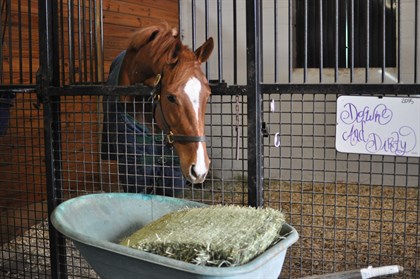
Vitamin E depletes quickly in stored hay
© Kentucky Equine Research
Because of the irregularity in vitamin E content of forages and other feedstuffs, the nutrient is often added to fortified feeds. While synthetic forms of vitamin E have long been the standard source of added vitamin E in feeds and supplements, research has shown that synthetic vitamin E is not very effective at elevating vitamin E levels in blood. Research has shown that natural source vitamin E, depending on the preparation, is 1.6 to over 6 times as bioavailable as synthetic vitamin E. Nano-E® from KER Targeted Nutrition is a revolutionary natural-source Vitamin E supplement with liposome encapsulation and nanodispersion that ensures rapid and superior bioavailability for all horses.
Vitamin E is often linked with selenium, a micromineral that possesses potent antioxidant properties. Because it is an essential component of glutathione peroxidase, an intercellular enzyme that helps prevent the formation of free radicals, selenium is integral in the diets of performance horses. In addition to inadequate antioxidant defenses, a selenium deficiency may be detrimental to the muscular, reproductive, and immune systems.
Vitamin C, often referred to as ascorbic acid, also plays a pivotal role in neutralising harmful free radicals. Because of its water-soluble nature, vitamin C can work both inside and outside the cell to combat free radical damage. In the exercising horse, perhaps the foremost contribution of vitamin C is its synergistic relationship with vitamin E. Once a molecule of vitamin E inactivates a free radical, its ability to short-circuit others is forsaken. In the presence of vitamin C, however, vitamin E can be regenerated to continue its raid on free radicals.
Vitamin C is not included in the diets of most horses because the liver synthesises sufficient quantities under normal circumstances. In periods of stress, such as during sustained exercise, vitamin C levels may drop and reduce the efficiency of antioxidant mechanisms in the body.
A triad of antioxidants including vitamin E, selenium, and vitamin C, all of which are found in Preserve® from KER Targeted Nutrition, ensures a degree of coverage not afforded by vitamin E alone.
Aside from these familiar antioxidants, coenzyme Q10, also known as ubiquinone, has proven antioxidant properties. Coenzyme Q10 also improves the antioxidant potential of other antioxidants in the body, like vitamins E and C. Nano-Q10™ from KER is a highly bioavailable form of coenzyme Q10 that features advanced nanotechnology for rapid absorption. Compared to powered crystalline ubiquinone, Nano-Q10 is three times more bioavailable.
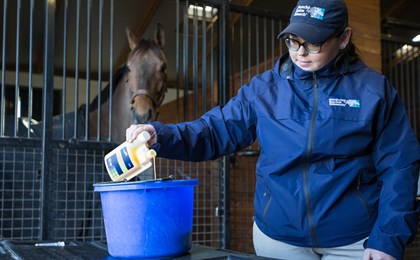
Nano-Q10™ from KER Targeted Nutrition is a highly bioavailable form of
coenzyme Q10 that features advanced nanotechnology for rapid absorption
© Kentucky Equine Research
This month only, save 15% on KER antioxidants when you order on https://shopau.ker.com/ using code MUSCLE215. (Offer expires 29th February, 2020, and only applies in Australia.)
READ THE LATEST NEWS ARTICLES HERE

